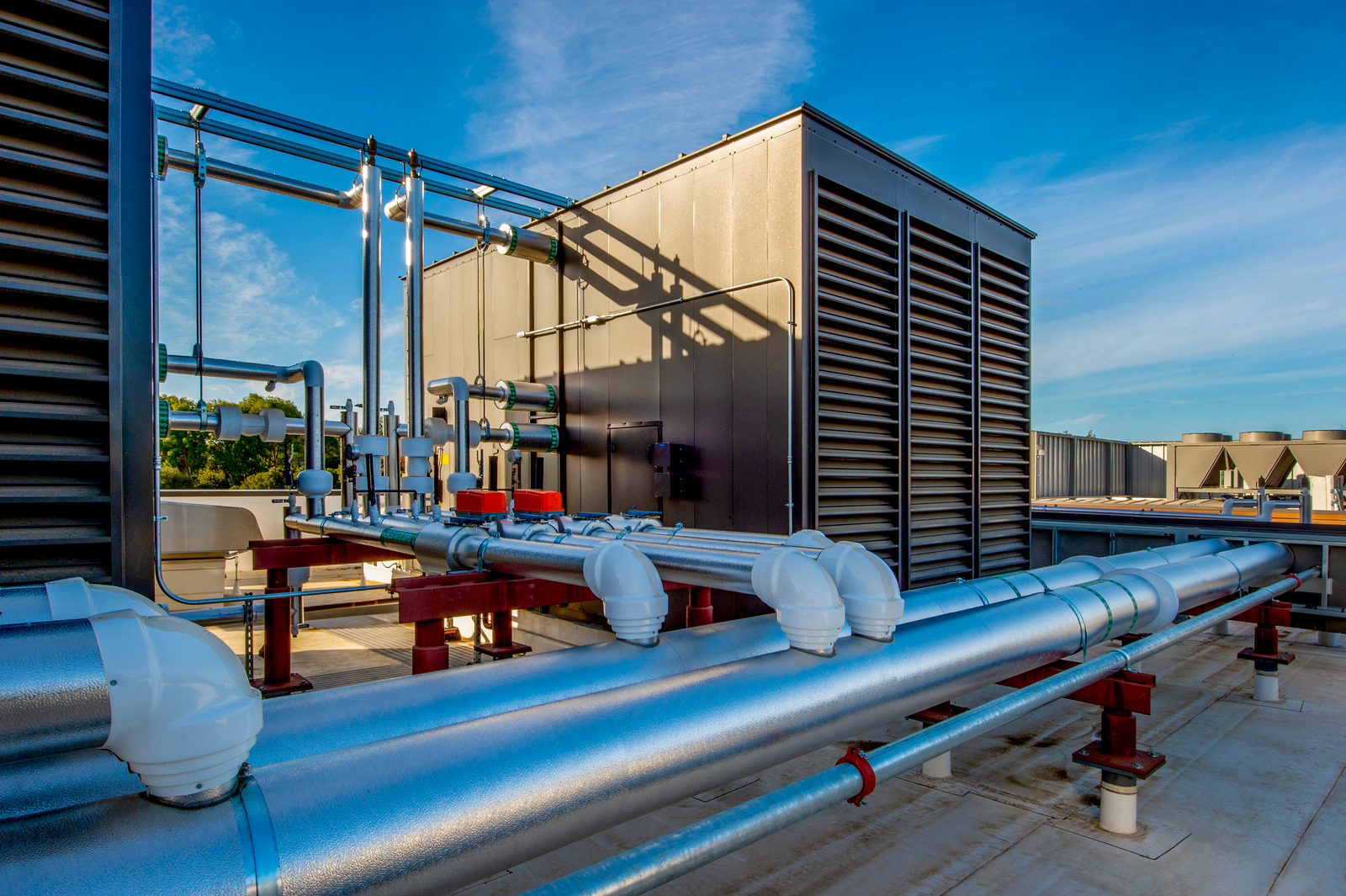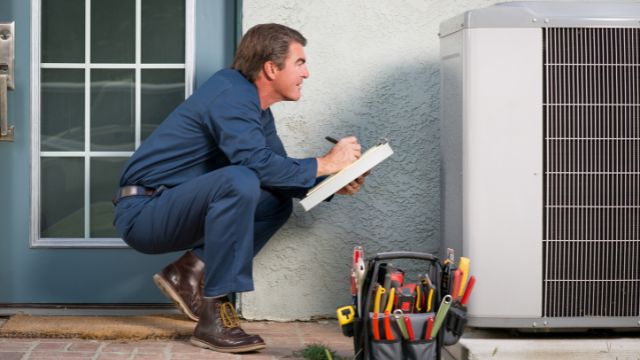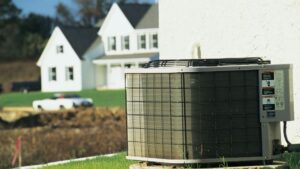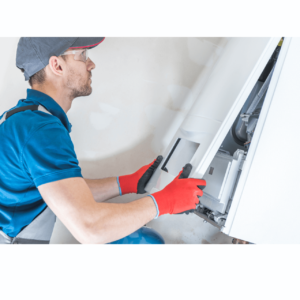Among environmental health affairs, a home is supposed to be your haven. However, poor air quality and circulation compromise your comfort and pose severe health concerns. Determining the right time for a ductwork inspection is tedious. If you need an assessment of the air duct and the entire HVAC duct inspection of the system, you must hire professionals for duct cleaning.
The ductwork inspection checklist you can use when inspecting your heating and air conditioning systems.
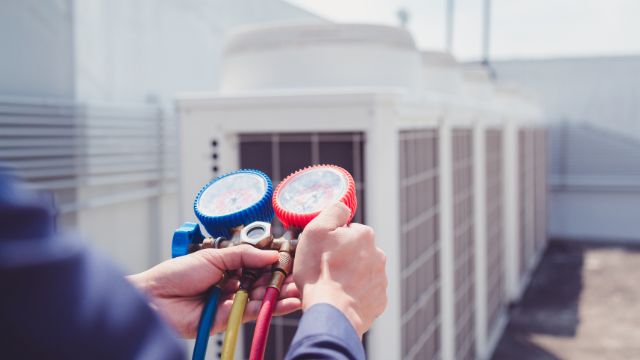
1. Ductwork inspection
Check your air conditioning ductwork for noticeable signs of wear and tear. Holes, rips, or loose duct tape are signs attention is needed. These affairs can allow conditioned air to remove into the attic, causing energy loss and enhancing the run time of your HVAC unit. When ignored, you can expect more energy costs and the possibility of costly repairs to your HVAC unit.
2. Repairing ductwork
Here is how to fix ductwork. First, crack and seal gaps with duct mastic or mastic tape to ensure air traveling through the ductwork makes it to its last destination. If the leaks in the ductwork are very large or complex to repair, you may require replacing a ductwork section. Our service professionals can perform a ductwork inspection to identify leaks and other issues and then make professional repairs.
3. HVAC duct inspection- Inspect the condition of duct support
Your home needs an annual inspection to keep its HVAC systems at peak performance. A professional inspector can assess the situation of your heating and cooling unit. Check for any leaks or other problems with ductwork, offer recommendations on what parts should be replaced, suggest ways to keep your home’s systems running at peak performance., and provide a detailed report of any findings.
4. Registers
The intake and output registers should be cleared of obstructions like the filter. Most kinds of registers can be easily eliminated and washed. However, if possible, arrange for a professional ductwork inspection if you haven’t done so in years.
5. Test components
After you’ve gone through the interior, checked the outside elements, and looked at the unit itself, you will need to clean the evaporator and inspect the refrigerant. First, review and clean evaporator coils to keep the air conditioning running fine while the right amount of refrigerant keeps everything working smoothly. After that, move on to the blower. These parts should be cleaned and adjusted, so airflow keeps moving well in the home. Next, check the heating elements, flue system, and ductwork. Every system differs, but you can easily prevent the problem with HVAC duct inspection.
6. Air duct cleaning
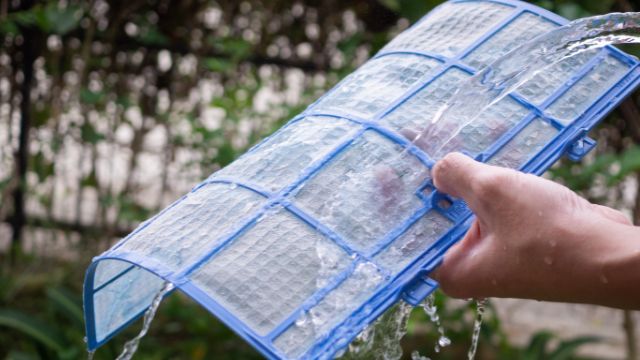
We should lubricate all moving parts to avoid damage from friction. A lack of lubrication is a common reason for worn parts. Drain lines should be fully always clear to eliminate clogs, mold, or bacteria. Clogged pipes can lead to water leaks. The system controls will be thoroughly checked and tested to ensure that they operate correctly, starting and stopping. Scheduling a yearly AC inspection can help you save money in the long run by lowering your energy bill, improving the life of your system, and catching any minor problems before they become extensive and costly.
Final words
Contact Air Super Clean today to set up an appointment for ductwork inspection, so we can get your HVAC system checked, inspected, and ready to stand up to our changing and sometimes challenging climate for duct cleaning.

